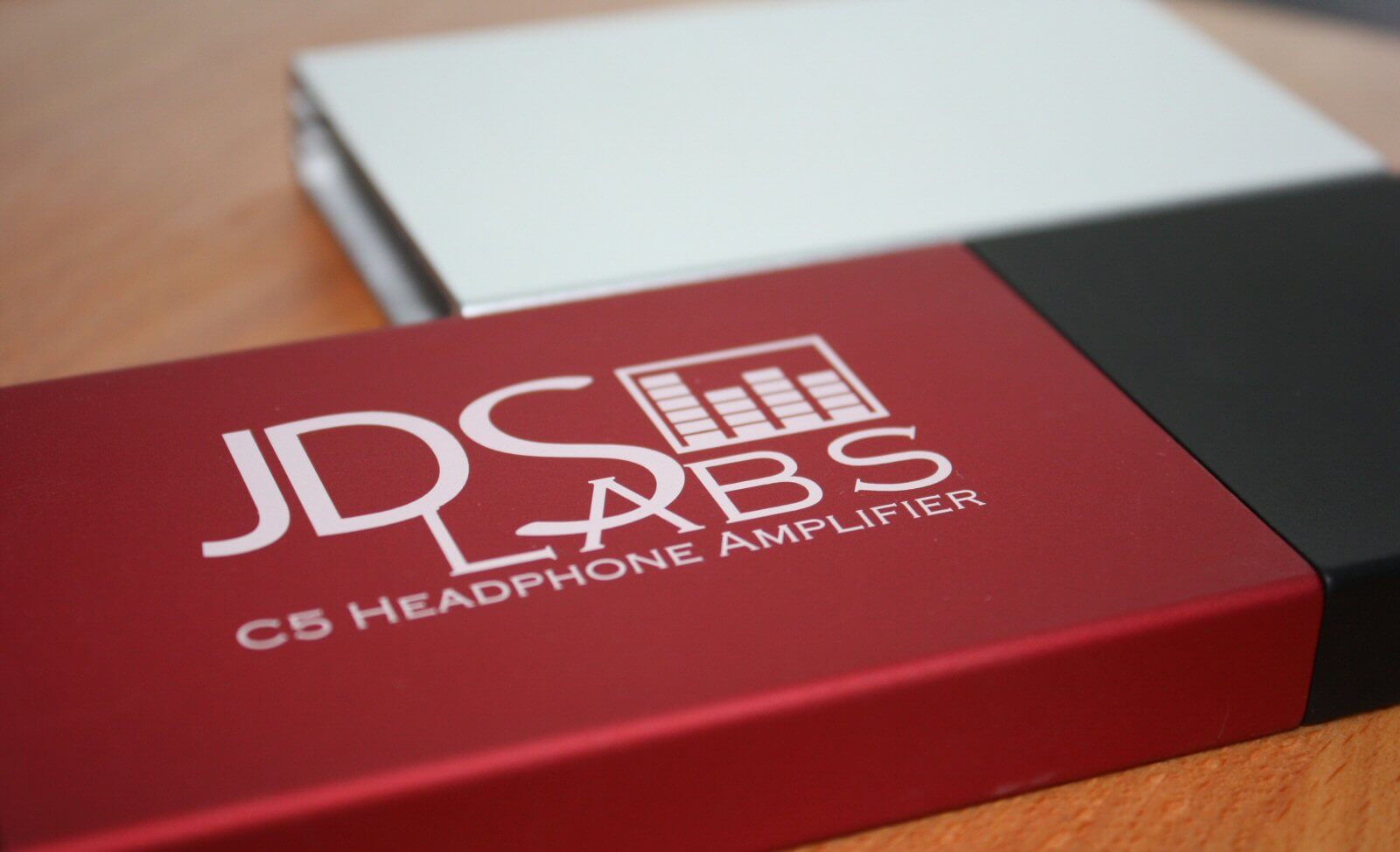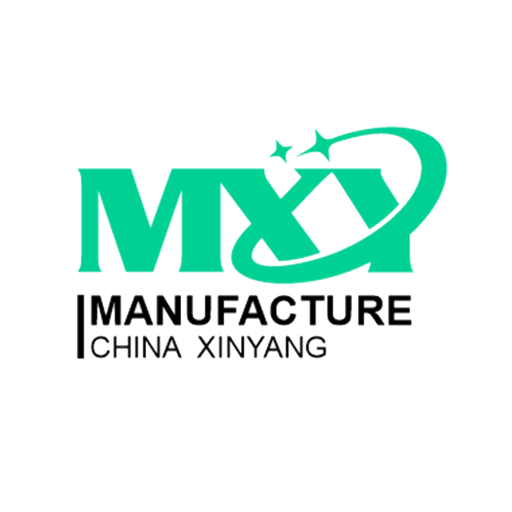.
Things to consider when adding text, lettering and symbol to parts
.
.
There exist numerous rationales for incorporating text onto a component. In the case of self-assembly furniture, text may be essential to elucidate how one part fits into another. Safety instructions mandated by law can be conveyed through text on electronic parts. Additionally, some components serve to showcase a company’s name and logo for branding objectives.
There are numerous factors to consider when incorporating text, as well as various methods to achieve this. Depending on the manufacturing techniques and materials utilized, text and lettering can be engraved, embossed, silkscreen printed, or applied through rubbing… the options are diverse.
However, placing text on a section may not be as straightforward as one might think. Every approach to inserting words comes with its unique advantages, as well as specific guidelines that must be adhered to in order to guarantee its effectiveness.
XinYang has been incorporating text into various components using a variety of techniques for a number of years. Therefore, we will outline some recommendations for integrating words, letters, and numbers into your components and prototypes.

CNC Machining
It is feasible to incorporate lettering onto a machined component, whether it is made of metal or plastic, by utilizing a CNC mill. Nevertheless, there are specific guidelines that must be adhered to while undertaking this process.
When incorporating text into a design for precise CNC machining, the initial consideration should be whether the text is best suited for engraving (cutting into the surface of the part) or embossing (protruding from the surface).
Although embossed text may occasionally be more legible, it is generally more advantageous to utilize engraved text. This is due to the fact that engraving necessitates the removal of less material from the workpiece, resulting in time and cost savings.
CNC cutting tools have limitations in terms of fineness, therefore, selecting the right font and text size is crucial. It is recommended to use Sans-Serif fonts (without decorative tips that are difficult to cut) with a minimum size of 20 points. For softer metals, slightly smaller text may be feasible.
CNC text tips:
- Engraved text easier than embossed
- Sans-Serif font
- Size 20+
- Depth of ~0.3 mm
Injection Molding
The guidelines for incorporating text in injection molded plastic components differ slightly.
Due to the inverse nature of injection molded parts and machined metal tooling, the guidelines for engraving/embossing differ. In the case of molded parts, it is more advantageous to have embossed text as it allows for easier engraving of the metal mold using the CNC mill. This preference is based on the reasons outlined in the CNC Machining section.
Regrettably, embossed text on a molded plastic component poses inherent risks. Given that the text protrudes from the surface of the part, it is susceptible to being worn off by abrasion. To mitigate this issue, it is advisable to incorporate a basic border around the text to safeguard the lettering.
Molding text tips:
- Embossed text easier than engraved
- Border for added protection
- Raised ~0.2 mm from part surface
Post-Processing
There are notable advantages to embossed and engraved text. Firstly, it can be incorporated into the manufacturing process itself, such as with the use of a CNC mill, eliminating the need for a separate procedure. Secondly, it offers a certain level of durability: text that is physically raised or lowered tends to have a longer lifespan compared to ink-based lettering. Additionally, embossed and engraved text serves as a deterrent against unauthorized replication, as printed text can be easily removed or covered up, whereas embossed and engraved text cannot be altered so easily.
In numerous instances, text cannot be added using manufacturing machinery. The text may need to be significantly reduced in size, or a Serif font may be necessary to align with the company’s branding. On the other hand, the part’s shape may be too complex for engraving or embossing.
In such instances, alternative choices are available. Instead of incorporating text during the production process, we have the option to include it after the completion of the product. Various methods can be employed to achieve this, each presenting its own unique advantages.
XinYang provides a range of surface finishing options to incorporate text, symbols, and logos:
- Silkscreen printing
- Pad printing
- Rubbing on
- Laser engraving
In certain cases, incorporating text as a surface finishing process can prove to be more cost-effective, despite the additional stage it adds to the fabrication process.
Contact XinYang for further information on incorporating text into your components.


